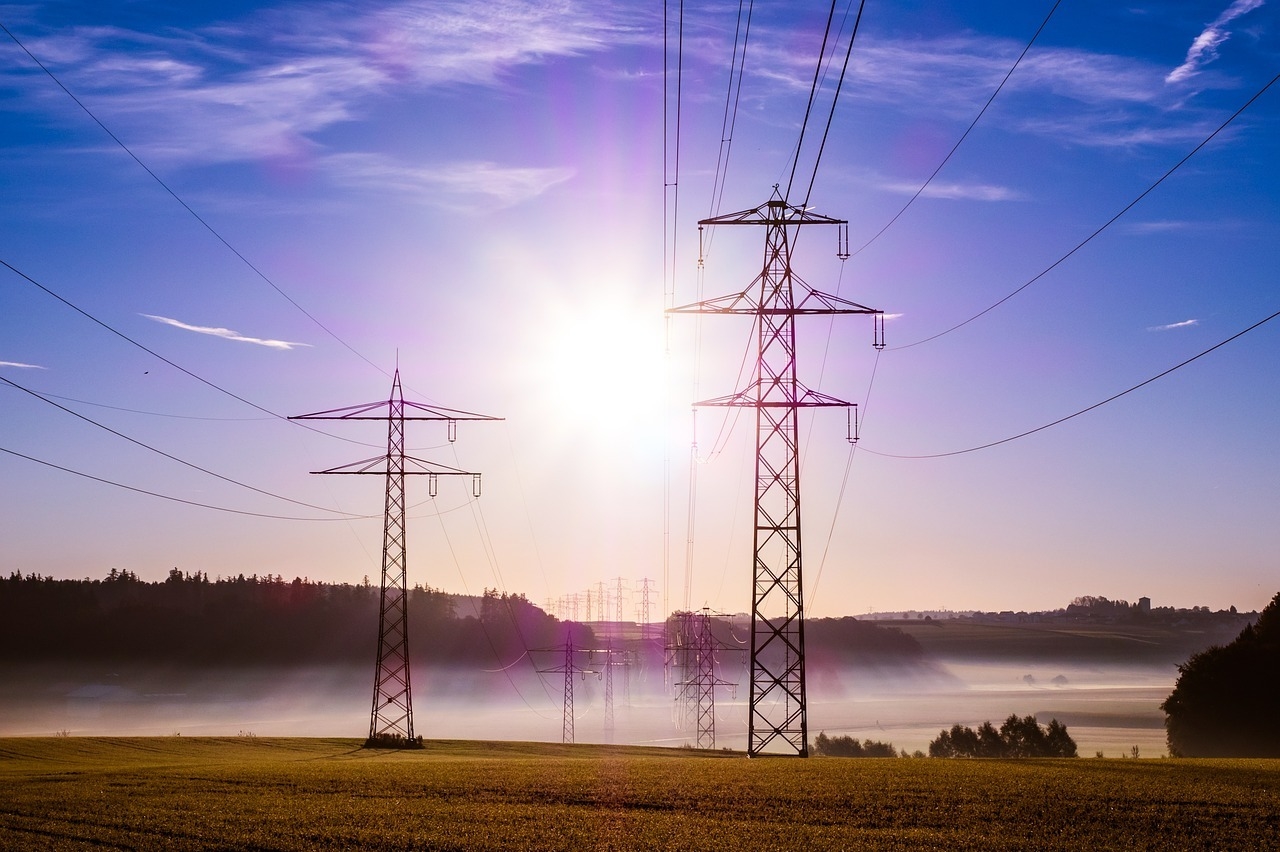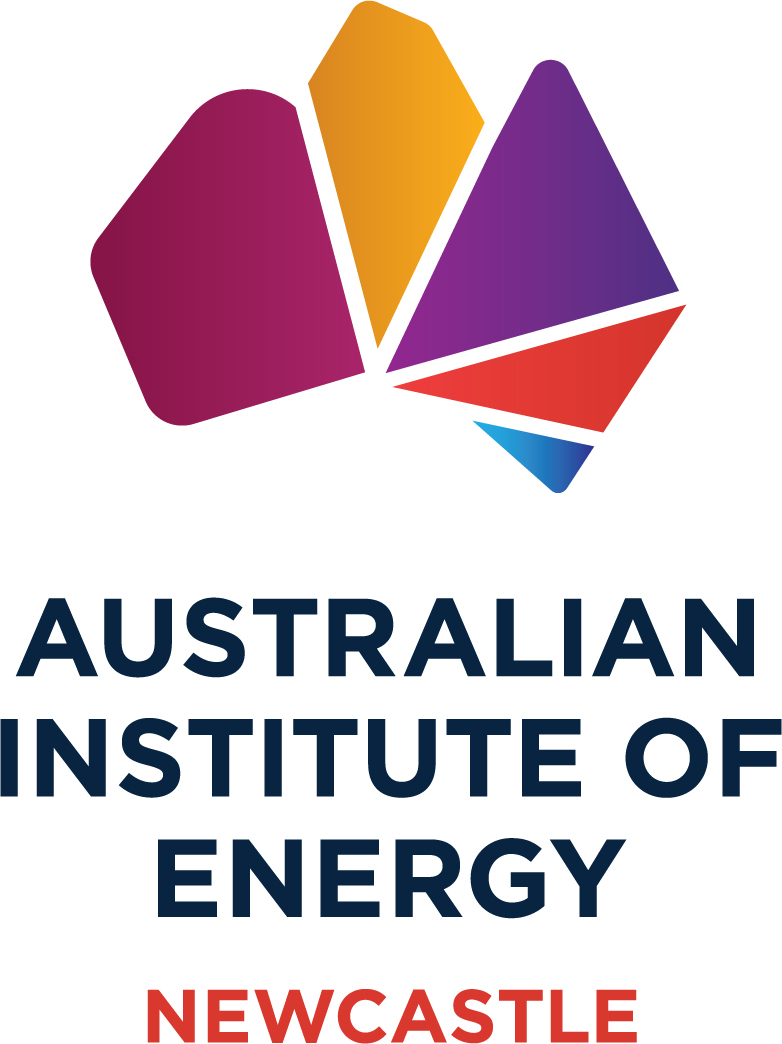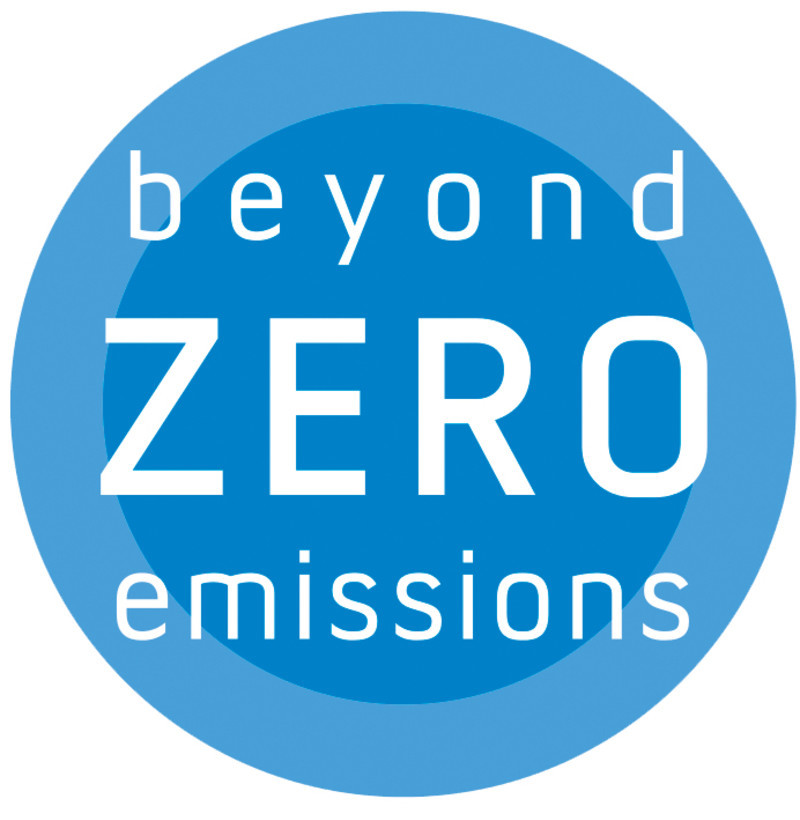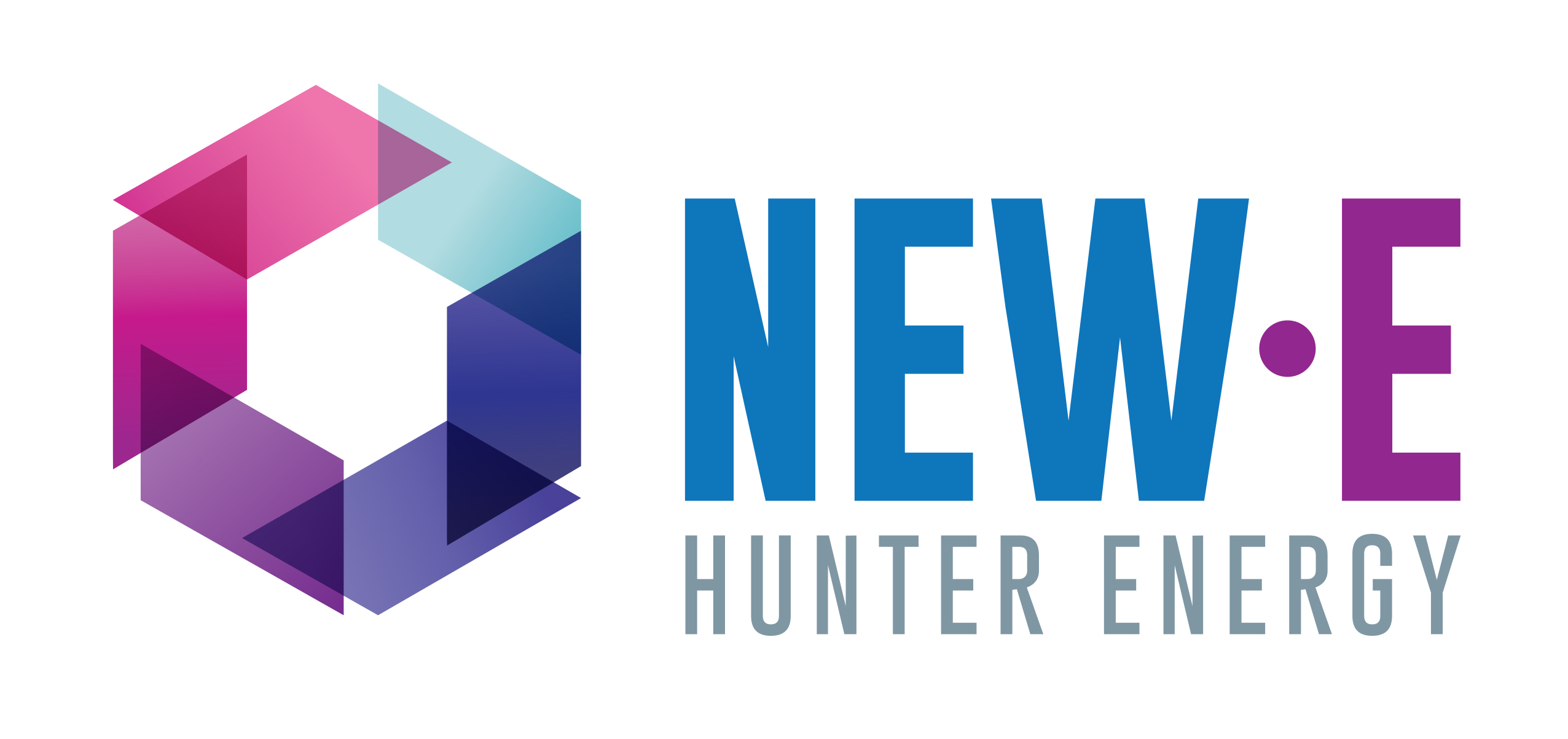Renewable energy creation, transfer capacity and storage flagged as high priority infrastructure investments
The Infrastructure Priority List compiled by Infrastructure Australia is a comprehensive investment roadmap for Government and business

Infrastructure Australia’s role is to advise on national infrastructure priorities and assesses the economic merits of projects with fully-developed business cases. Funding decisions are made by governments or the private sector.
In their latest update of the Infrastructure Priority List, Infrastructure Australia has added a record number of new investment opportunities that reflect the changing infrastructure needs of Australia's cities, regions and remote communities in the wake of COVID-19.
With a $59 Billion pipeline of nationally-significant investment opportunities and a record 44 new infrastructure proposals for Australian cities, regions and remote communities – this is the largest number of new proposals ever added to the Priority List. More than half of these proposals impact regional communities.
One of the five key themes of the 2021 Infrastructure Priority List is investment in new sources of energy and enabling infrastructure for energy exports.
A high priority initiative added to the Priority List in 2021 concerns the future connectivity and reliability of the National Electricity Market.
In line with projections that by 2040, over 26 gigawatts (GW) of large-scale renewable energy, backed up with up to 19 GW of new dispatchable resources, will be required to replace retiring coal-fired generation.
To ensure an orderly and cost-efficient transition, the transmission grid will need augmentation to balance generation resources and connect Renewable Energy Zones. Approximately 22 GW of new connection capacity is required in Renewable Energy Zones (REZs) by 2040 to meet this growing need.
A separate high priority initiative added to the Infrastructure Priority List in 2021 is the expansion of Renewable Energy Zones.
The 2019 Australian Infrastructure Audit found that coordinating investment in REZs will lead to lower wholesale and network costs for users over time. Co-locating this investment means that the same transmission infrastructure can be used to reduce the overall amount of network investment needed.
A third high priority initiative added to the 2021 IPL is dispatchable energy storage for firming capacity.
As dispatchable storage can absorb energy in off-peak periods and release it when it is most needed to secure stability of the NEM, potential options to address the initiative include:
• distributed batteries
• large-scale battery energy storage systems
• utility-scale pumped hydro.














